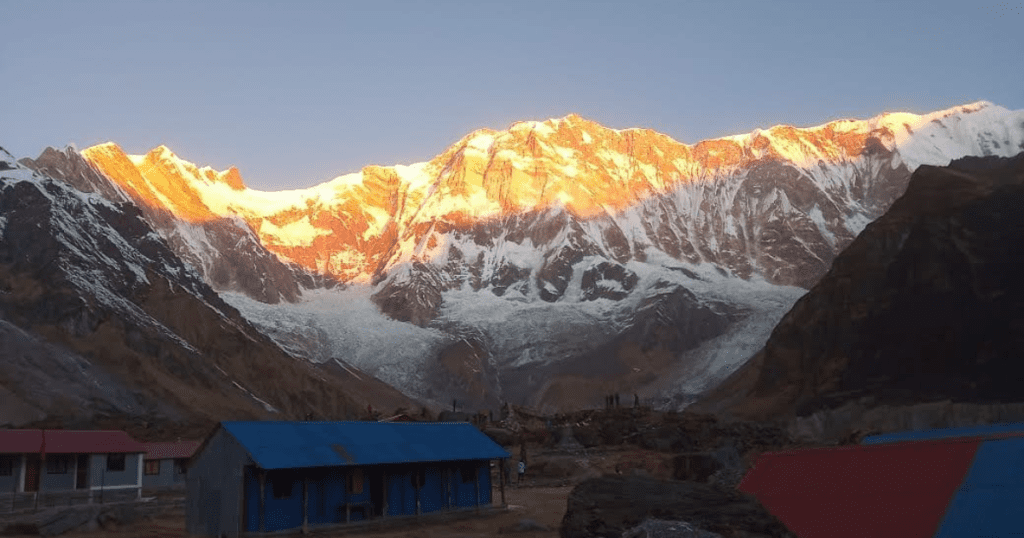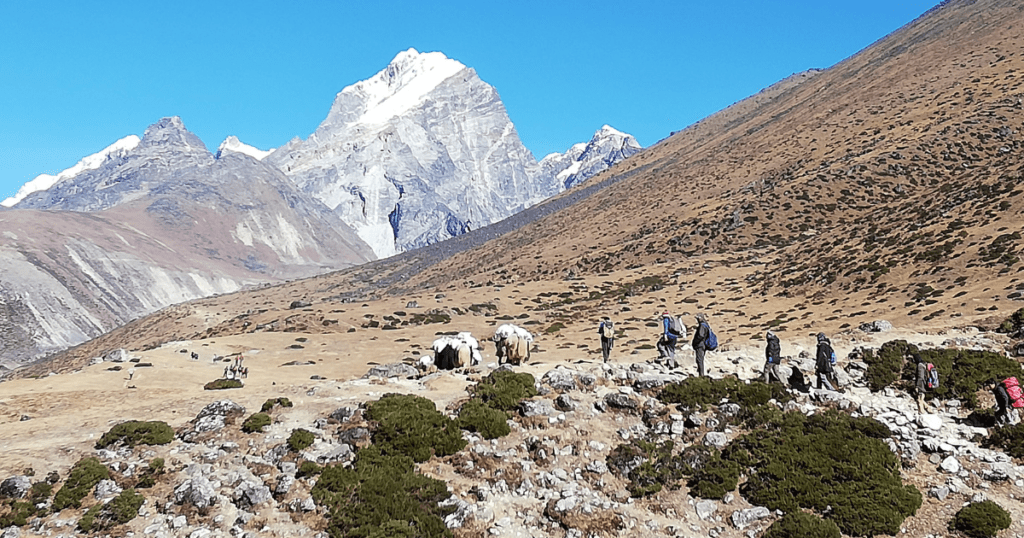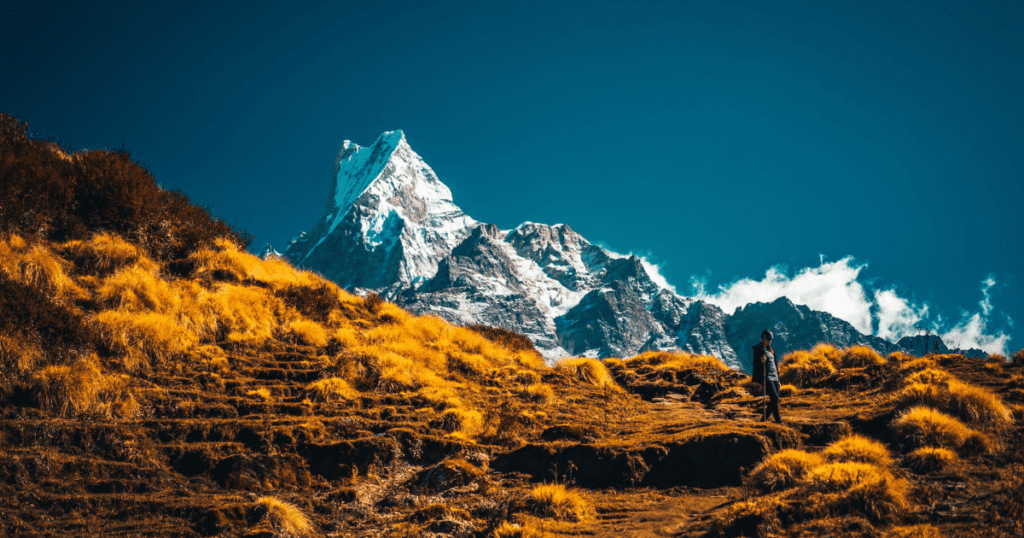Working and guiding adventurous trekkers through the Himalayas is not a vocation for the faint-hearted.
The Himalayas – the home of 14 x 8000m+ mountain peaks, including Mount Everest is the working environment for a small but hardened group of people committed to giving climbers and trekkers a once-in-a-lifetime experience.
Mountain guides in Nepal take clients from all over the world through some of the most spectacular alpine terrain in the world. These brave people have nature’s most adrenalin fuelled environment as their office. Taking you across whitewater ravines, above bottomless crevasses and along icy glaciers.
I have been lucky enough to visit Nepal on my travels and was privileged to sit down with Khem Regmi – founder of the mountain guiding company Himalayan Pole Treks based in Kathmandu.
We discussed the realities of trekking and guiding in the Himalayas, what you can expect on your visit and his advice on everything trekking in Nepal.
It was a joy to reconnect with Khem as he shared some invaluable advice about trekking in Nepal and also some exciting news about his new venture in the mountains.
Let’s dive in.
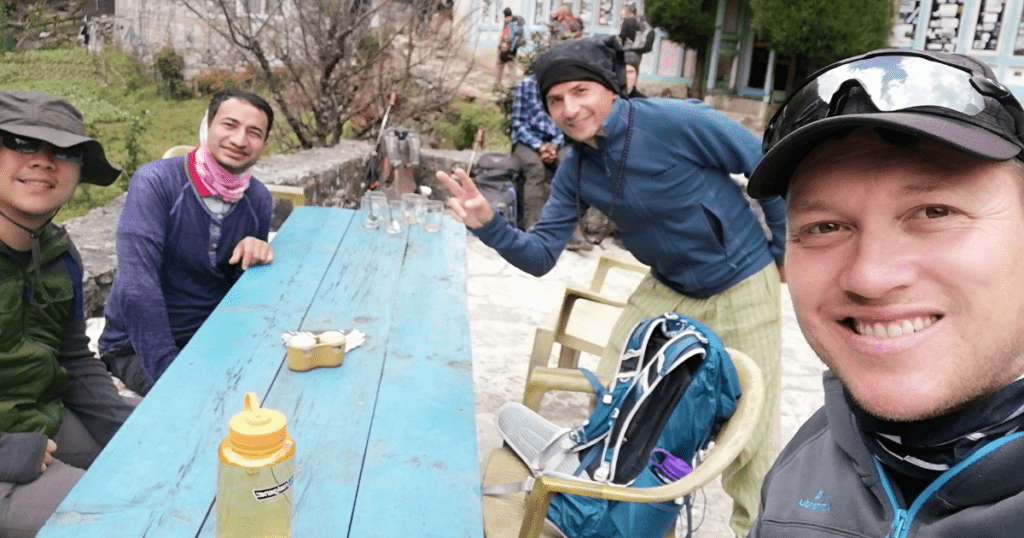
Khem - great to catch up - it’s been a while! For the benefit of our readers, tell us a little about yourself.
Namaste. Good to speak with you again, Marc.
My name is Khem Regmi – the founder and owner of Himalayan Pole Treks, a trekking company based in Kathmandu, Nepal.
I come from a small town in the Gurkha region in Nepal, approximately 100km from Kathmandu. You know, the famous Gurkha soldiers in the British army, right? They are from my home area – but I am not a soldier (laughs).
I have lived in Kathmandu for over twenty years, I am happily married with two sons who now live in Australia.
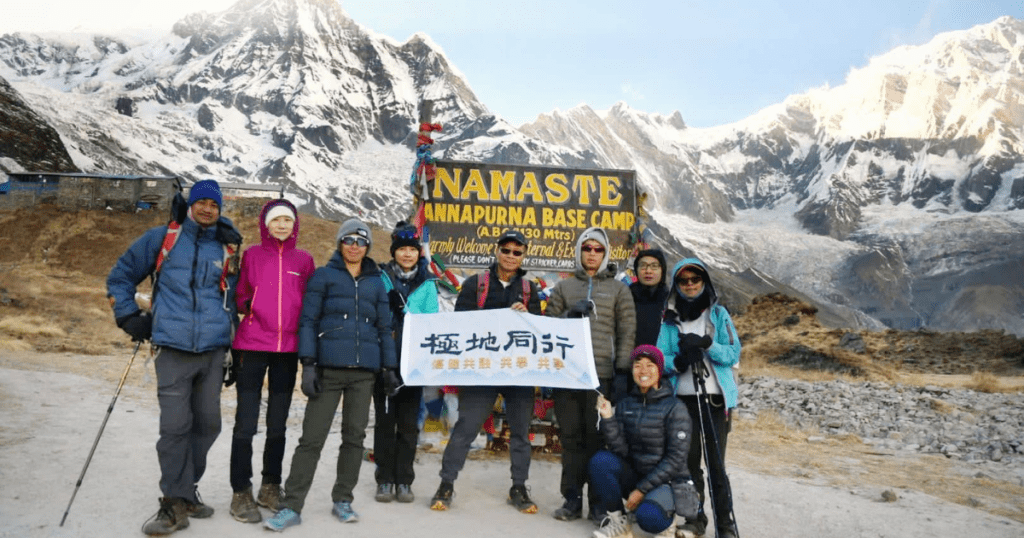
How did you get into guiding in the mountains?
When I moved to Kathmandu in 2000, I wanted to be a part of the tourism business. I was doing some study but was interested in working in the mountains.
My friend and I started working with a local trekking company in the mountains as porters carrying luggage for people on their treks.
We would walk up and down the mountain trails with 35kg on our backs.
We worked in the Annapurna, Everest and Langtang regions, where I learned my trade among other trekking guides.
After learning as a porter and assistant guide, I eventually got my guiding licence in 2003.
I worked for a company called Amigo Trekking for twenty years, guiding clients from all over the world – including yourself!
I am 48 now though, so felt that I had gathered enough experience and ability to go out on my own and establish my own trekking company (Himalayan Pole Treks), which I am very excited about.
The timing hasn’t been great though, as Covid has meant that tourism stopped for a couple of years, but we are on the way back now. Next week I am taking a large group to Annapurna Base Camp.
What are your responsibilities as a guide?
I take my job extremely seriously.
I have to ensure my clients are safe and guide them through the mountains. My job is to give my clients the best possible experience in a safe, secure environment that only a guide can provide.
Before the trek, I communicate with my clients about what to expect and also give advice on how to prepare for the trek.
This includes how they should prepare physically and what equipment they need to bring. Every trek is different, with many varying environmental factors to consider, but I try to help my clients be as prepared as they can before coming to Nepal.
On the trek, if things go wrong and trekkers become unwell in the high-altitude environment, my job is to provide basic medical aid and (on rare occasions) arrange evacuations if required.
As a guide, I also arrange all park fees, internal flights if needed and accommodations while trekking in Nepal.
What areas of Nepal do you guide in?
I have guided clients in all areas of Nepal.
I specialise in ‘tea house’ trekking – the most popular form of trekking in Nepal. This trekking involves walking between tiny mountain villages where basic lodgings are called tea houses.
Most of my guiding is done in the Everest, Annapurna and Langtang regions of Nepal.
These areas are very popular and give the most amazing views of the Himalayan mountains.
I also guide in more remote areas of Nepal, including the sacred Upper Dolpo region and the Kanchenjunga region in the east of Nepal – these areas are very isolated and are more of a camping experience but are just as beautiful.
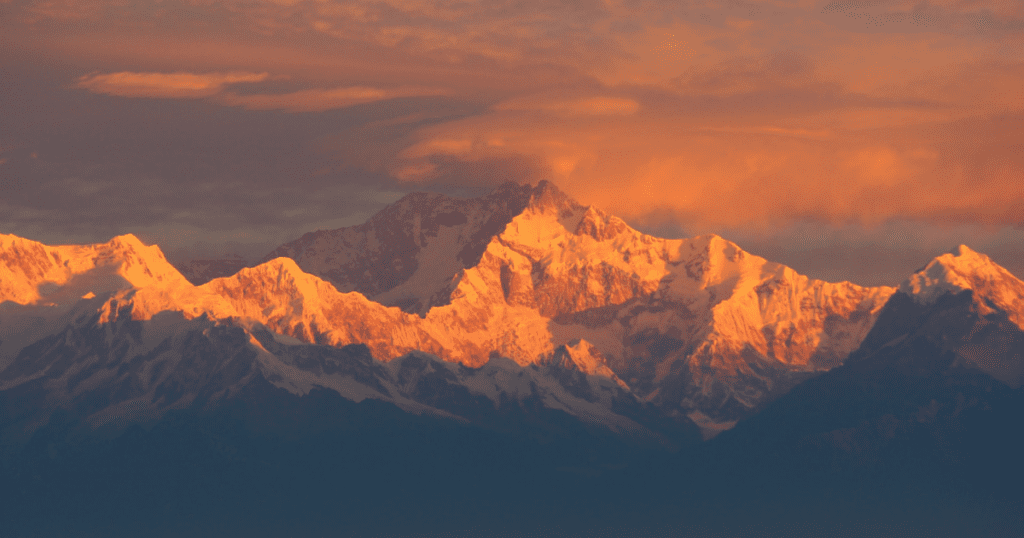
What about the big mountains, Khem, do you guide on those?
Not the big ones like Everest or Cho Oyu, but we do offer trekking peak climbs to mountains such as Island Peak, Mera Peak and Lobuche, which are all over 6000m high.
Trekking peaks offer a real challenge to those looking to push themselves a little further and an ideal way to introduce yourself to high-altitude mountaineering in a safe environment.
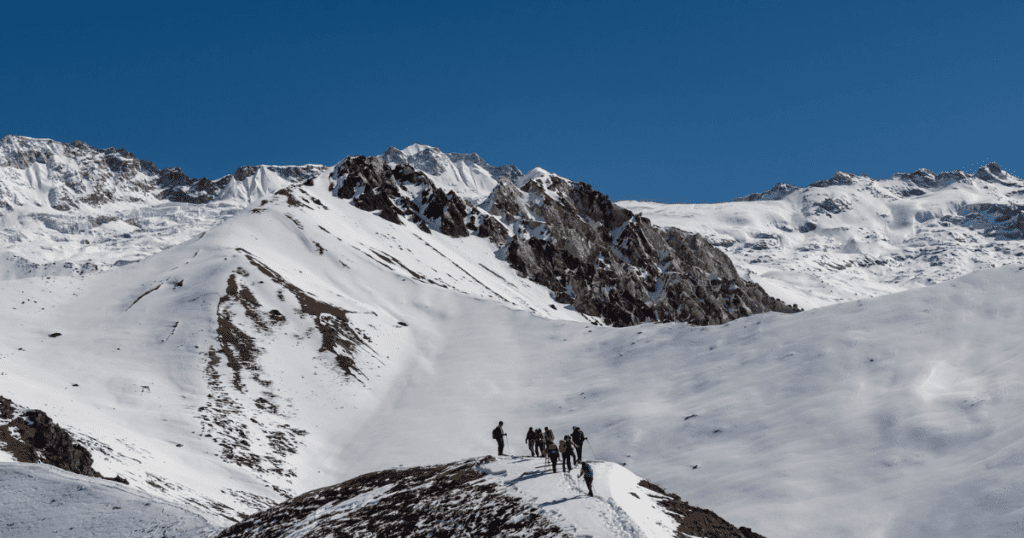
What is your favourite area to guide in?
There are so many! The one I guided you on – Everest Base Camp via Cho-La pass is one of my favourites.
The trek to Everest Base Camp exposes you to the best of Nepal.
Beautiful culture, friendly people and most of all the spectacular mountains. Seeing the world’s highest mountain (Mount Everest) up close is very special every time I see her.
Mount Everest is not the only mountain – you get to see others over 8000m, such as Makalu, Cho Oyu and Lhotse on the journey.
The Cho-La Pass is a high-altitude mountain pass you can cross at over 5500m altitude. You cross a glacier before a rock scramble to the top of the mountain pass.
My other favourite trek is in the Upper Mustang region – an isolated, sacred area of Nepal, heavily influenced by Tibetan culture.
Tourist numbers are restricted in this area of Nepal with surcharges per tourist, but for an authentic Tibetan experience, it is one of the best.
Is trekking in the Himalayas safe?
The altitude challenges most people at different times, but yes, the Himalayas are as safe as any other trekking environment in the world.
The paths are well-formed, clearly marked and easy to follow – even in heavy snow.
Sometimes, we follow dogs who live in the mountains and know the trails better than anyone!
The mountain environment does bring a degree of risk, no matter where you are in the world. There is always a risk of heavy snow and rockfall – it is my job as a guide to manage that risk for my clients.
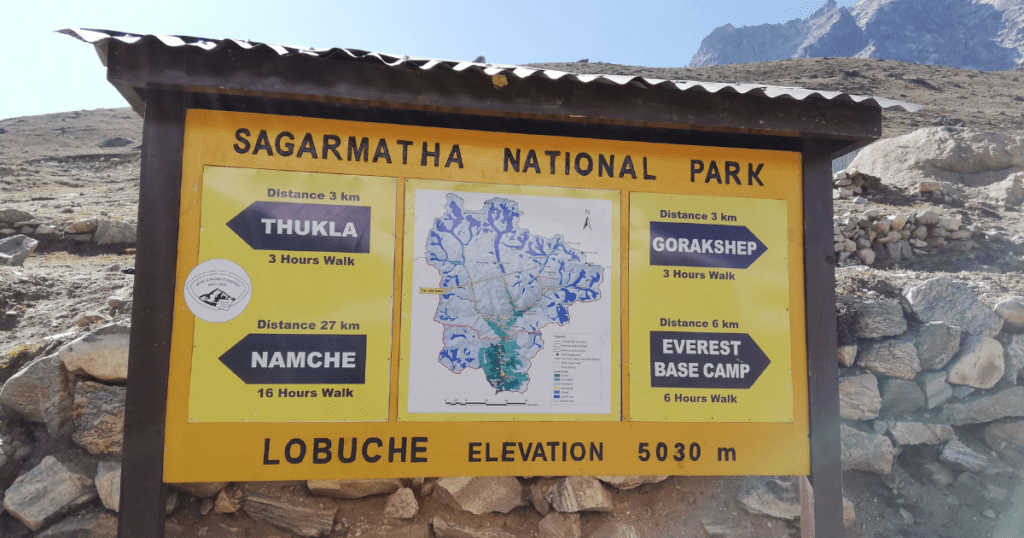
Tell me about altitude sickness. What can trekkers do to reduce the risk?
Go slow. Walk slowly. Remember – it is not a race.
Enjoy your trek, you come here for a holiday, yes? Do not rush – your body needs to adapt at its own pace.
It is important to drink a lot of water too. High altitude always carries a degree of risk for everyone.
For a small minority of people, they need to go down the mountain. But, by walking slowly and letting their bodies adjust to the altitude, they are fine.
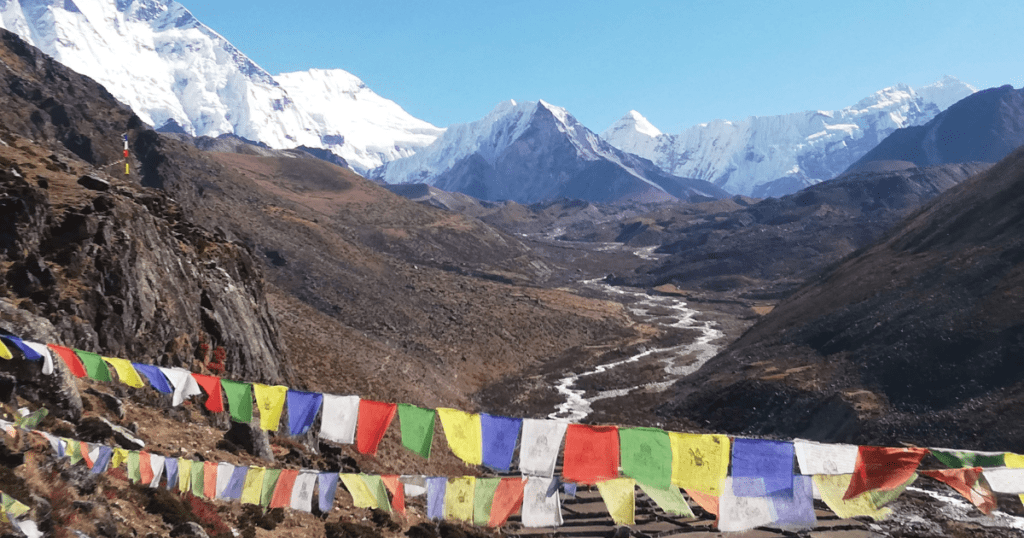
What can trekkers expect to see and experience in the Himalayas?
Nepal is one of the most beautiful and diverse countries in the world.
The Nepalese people are welcoming and so friendly too. People from Nepal are famous for their hospitality and kindness.
I don’t think there is a better trekking environment in the world. You can experience so much. That is why people keep coming back to Nepal and doing different trails.
When you visit you can experience a unique culture and religion, tropical jungles, rushing waterfalls, flowing rivers and of course – the famous mountains.
The mountains are the highlight – the Himalayan mountains are the most spectacular natural environment in the world, I think.
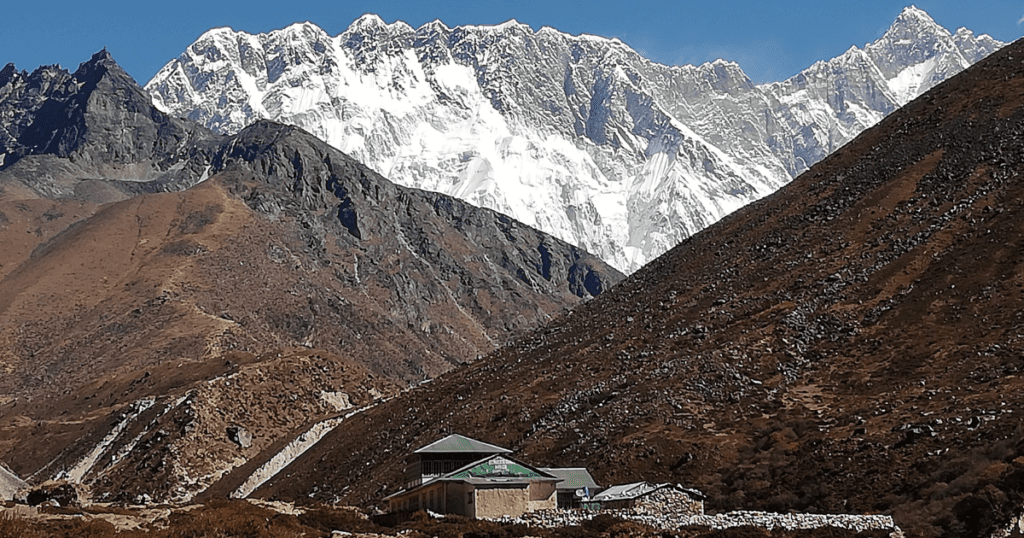
Tell me about the Teahouses. Describe the lodgings trekkers sleep and eat in.
They are basic but very comfortable. It is important to rest when trekking in Nepal!
Most rooms are twin-share with a comfortable mattress and blanket provided, but we do provide a quality sleeping bag to use if you don’t have one.
I’m sure you remember the dining area is comfortable in the evenings with our famous ‘yak-dung’ fire keeping the room warm from the cold air outside.
Hot showers are available in some teahouses. Internet access is becoming more widely accessible too – even high up the mountain.
The dining rooms always smell of delicious food, with a big menu of dining options available to trekkers to suit every taste. You do get hungry in the mountains!
From our traditional Dhal Bat (Dhal Bat power 24 hour!) to pasta, pizzas and noodles you can find something you will enjoy.
Our trekking packages include three hot meals a day, so you can be sure you will not go hungry!
Because my company is new, I include a lot of things in my treks that other companies do not include and charge for separately like
- Hot water bottles,
- Boiling water,
- Trekking gear
- A local sim card
- Wifi
- Battery charging
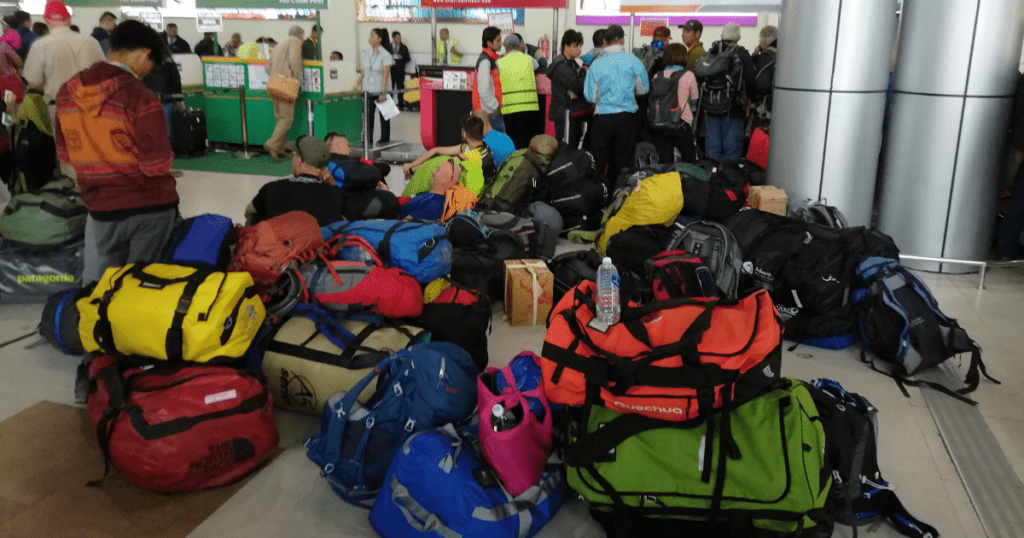
What trek would you recommend for a beginner in Nepal?
The 3-day Chisaponi Nagarkot Trek is perfect for beginners who want to experience the Himalayan mountains without worrying about altitude or steep climbs.
It is near Kathmandu and is also known as the Kathmandu Valley Rim trek. This trek follows the ridge of the valley but still gives beautiful mountain views (especially at sunrise and sunset) and you can experience the culture that Nepal is famous for along the way.
Other treks in Nepal, like the Mardi Himal trek and Poon Hill trek in the Annapurna region, are also an option for people looking for an introduction to mountain trekking with the same beautiful views.
What about those people looking for a real challenge? Where would you recommend those looking for a particularly challenging trekking experience?
There are two very challenging treks I recommend.
The first is a remote trek in the Upper Dolpo region. This region is very isolated and with high altitude but with the most beautiful mountains. The region is heavily influenced by Tibetan culture and you visit the sacred Shey Poksundo lake via several high mountain passes.
The region is still new to tourists as it has only been opened to tourists recently.
The second is a more accessible teahouse trek called the ‘Everest Three High Passes Trek’. This trek takes you to Everest Base Camp, but on the way, you cross three mountain passes- all above 5000 metres in elevation.
It is a true challenge but very achievable with good fitness!
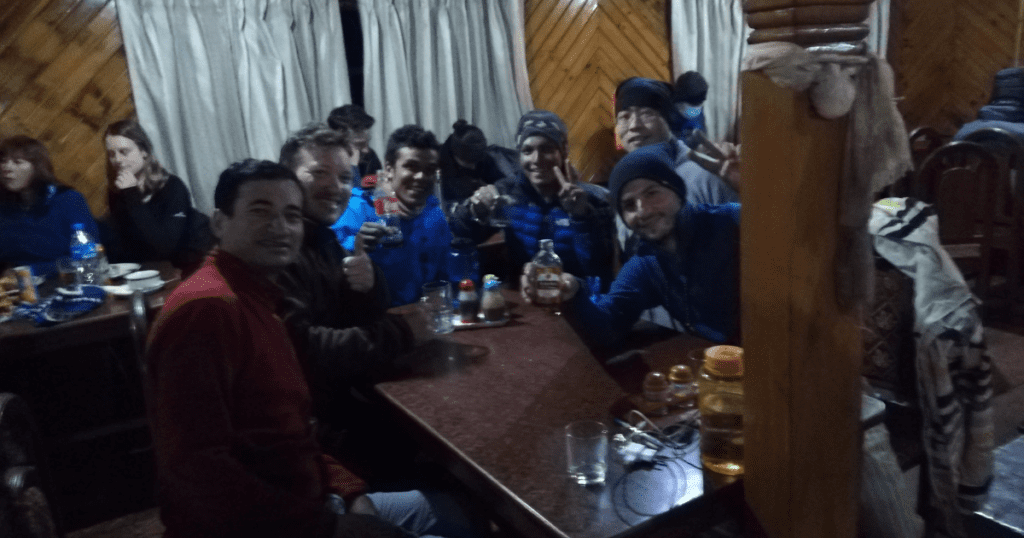
Why should trekkers choose you as their guide?
As a new company, my goal as a guide is to give my clients the best possible trekking experience – with the best value in all of Nepal.
I have twenty years of experience as a guide and by including many services in my packages that other trekking companies charge for, I hope to attract new clients without compromising on the quality of service.
I pride myself on my service and guiding, I have made many, many friends all around the world, like you! – I look forward to making many, many more!
Thanks, Khem. I appreciate your time. I hope to see you in the mountains again sometime soon! Namaste.
Wow, so there you have it. Some real insight into trekking in the Himalayas from a true professional.
This interview is not an affiliate post, just a genuine recognition for Khem on the experience he provided to me a couple of years ago.
For more information on trekking packages in Nepal, visit www.himalayanpoletreks.com.
Khem can be contacted directly by email at info@himalayanpoletreks.com.

